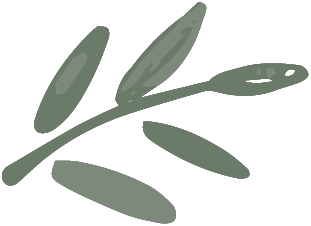
Things To Do
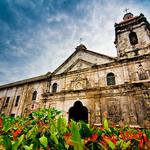
Basilica Minore del Santo Niño de Cebu Pilgrim Center
The present church dates back to 1737 although the first structure was originally built in 1565 on the very site where a Spanish soldier saw an image of the Child Jesus. It is Cebu’s most visited historic attraction and houses the Sto. Nino de Cebu (Child Jesus of Cebu). Its feast is celebrated every January culminating in the popular Sinulog festival held on the 3rd Sunday.
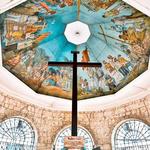
Magellan's Cross
The octagon chapel is located beside the Basilica del Sto. Nino. It is said that the cross inside the chapel is the original one planted by Spanish explorer Ferdinand Magellan when he first set foot in Cebu in 1521. A large colorful ceiling mural depicts this event.
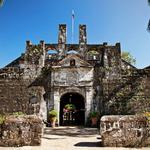
Fort San Pedro
This is the first but smallest fort in the country built as a garrison by the Spanish against attacking Muslims and was also used as American military barracks. Today it is a museum with a collection of paintings, documents, sculptures and artifacts.

Yap-San Diego Ancestral House
This house is one of the oldest well-preserved houses in the country. Built by a rich merchant in the 17th century, this museum showcases centuries old household items, furnishings and artifacts that let you get a glimpse of what life was during the colonial times.
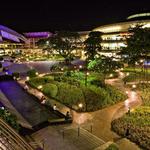
Ayala Center Cebu
Malls are a novelty to us since we don't live near many in the U.S. This one has a beautiful outside pavilion with numerous restaurants and shops.